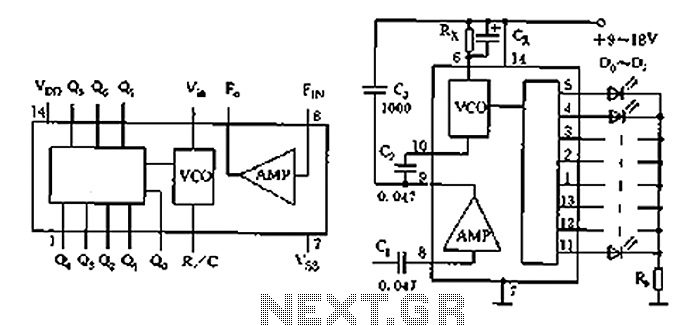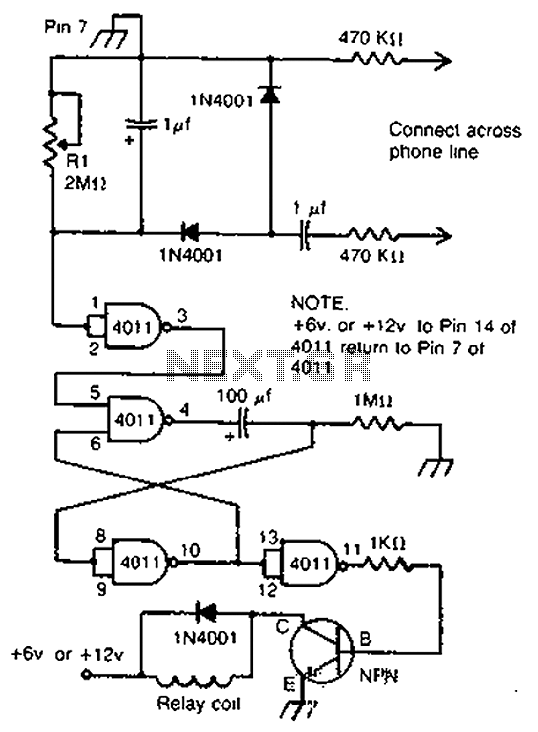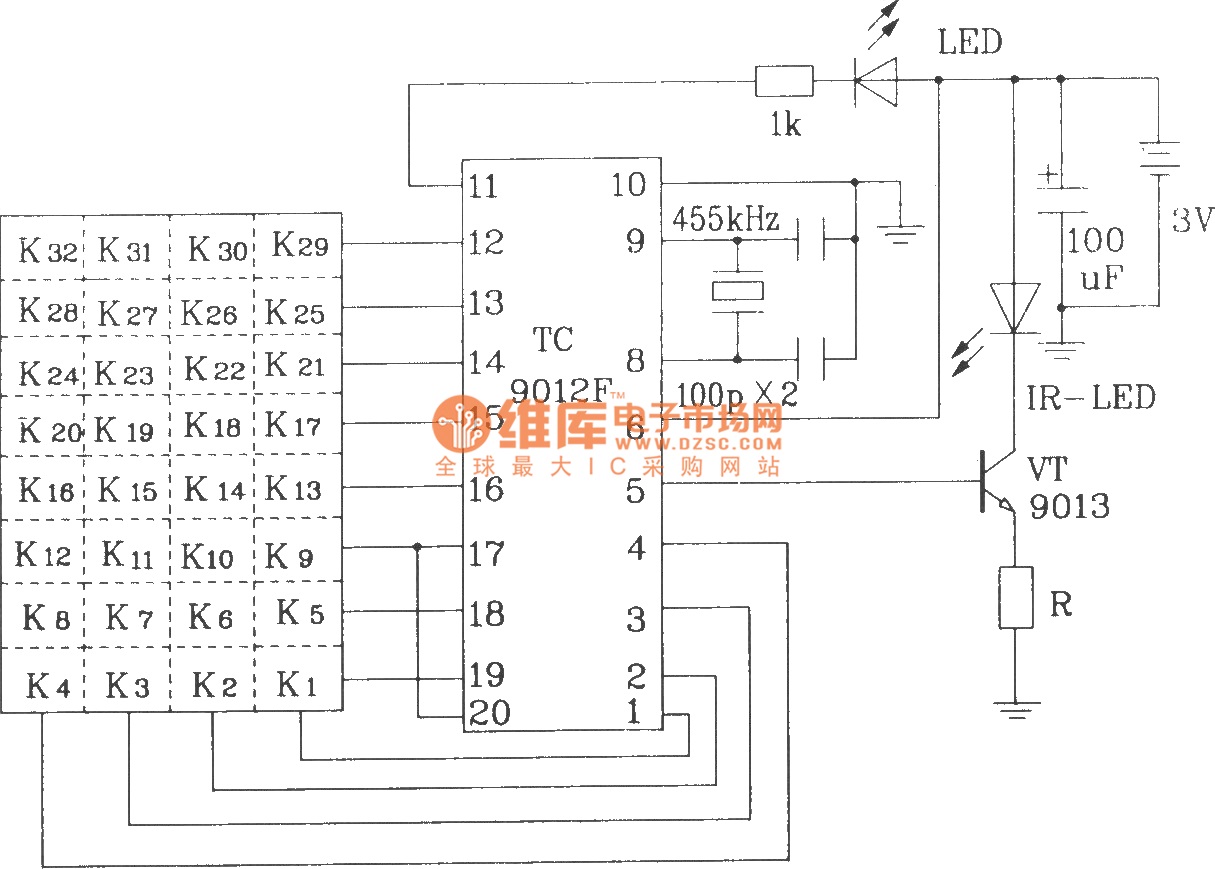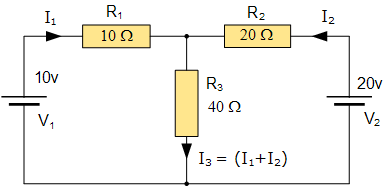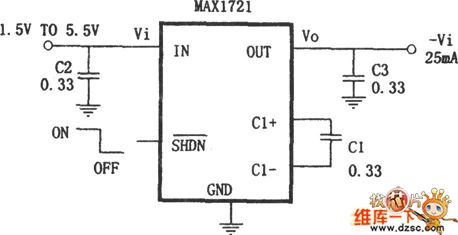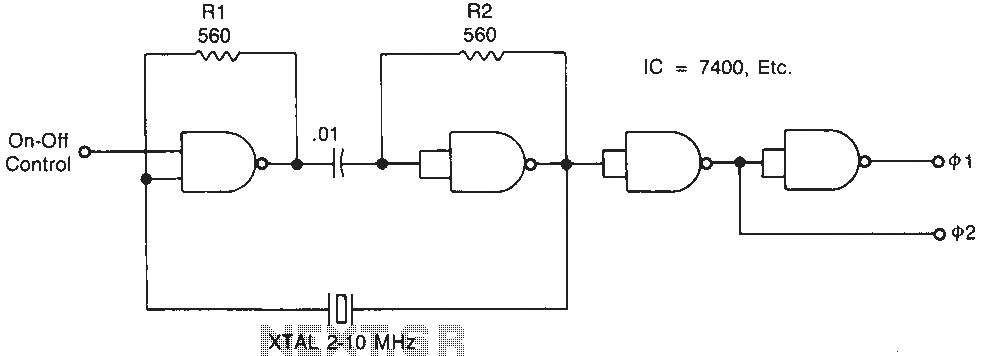
Telephone Voice Mail Alert Circuit
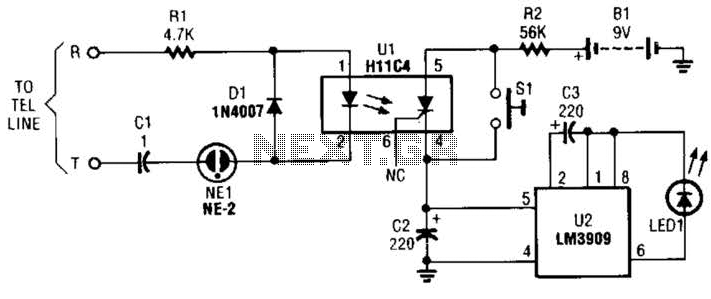
The circuit is constructed using a pair of low-cost integrated circuits (ICs): an H11C4 optoisolator/coupler with a silicon-controlled rectifier (SCR) output (U1) and an LM3909 LED flasher (U2). It connects to the phone line in the same way as any extension phone. A ring signal on the telephone activates the optoisolator/SCR, causing U2 to flash LED1. This flash indicates that a ring signal has been received.
The described circuit serves as a notification system for incoming telephone calls by utilizing an H11C4 optoisolator and an LM3909 LED flasher. The H11C4 operates by isolating the phone line from the rest of the circuit, ensuring that any voltage spikes or noise from the line do not affect the downstream components. When a ring signal is detected on the phone line, the optoisolator activates its SCR output, which in turn triggers the LM3909.
The LM3909 is designed to control LED flashing patterns. Once activated by the SCR, it initiates a flashing sequence for LED1, providing a visual indication that a call is incoming. The flasher can be configured for different flashing rates and durations, allowing customization based on user preference.
The circuit's connection to the phone line mimics that of a standard extension phone, ensuring compatibility with typical telephone systems. The design is efficient, utilizing low-cost components that are readily available, making it an attractive option for hobbyists and professionals alike. This simple yet effective circuit can be employed in various applications where visual indication of incoming calls is desired, enhancing user awareness without requiring audible notifications. The cireiilt is built around a couple of low-cost ICs: an H11C4 optoisolator/coupler with an SCR output (Ul) and an LM3909 LED flasher (U2). It is connected to the phone line in the same manner as any extension phone. A ring signal on the telephone activates the opt,oisolator/SCR. and causes U2 to flash LED1. This flash signifies that a ring signal has been received. 🔗 External reference
The described circuit serves as a notification system for incoming telephone calls by utilizing an H11C4 optoisolator and an LM3909 LED flasher. The H11C4 operates by isolating the phone line from the rest of the circuit, ensuring that any voltage spikes or noise from the line do not affect the downstream components. When a ring signal is detected on the phone line, the optoisolator activates its SCR output, which in turn triggers the LM3909.
The LM3909 is designed to control LED flashing patterns. Once activated by the SCR, it initiates a flashing sequence for LED1, providing a visual indication that a call is incoming. The flasher can be configured for different flashing rates and durations, allowing customization based on user preference.
The circuit's connection to the phone line mimics that of a standard extension phone, ensuring compatibility with typical telephone systems. The design is efficient, utilizing low-cost components that are readily available, making it an attractive option for hobbyists and professionals alike. This simple yet effective circuit can be employed in various applications where visual indication of incoming calls is desired, enhancing user awareness without requiring audible notifications. The cireiilt is built around a couple of low-cost ICs: an H11C4 optoisolator/coupler with an SCR output (Ul) and an LM3909 LED flasher (U2). It is connected to the phone line in the same manner as any extension phone. A ring signal on the telephone activates the opt,oisolator/SCR. and causes U2 to flash LED1. This flash signifies that a ring signal has been received. 🔗 External reference
